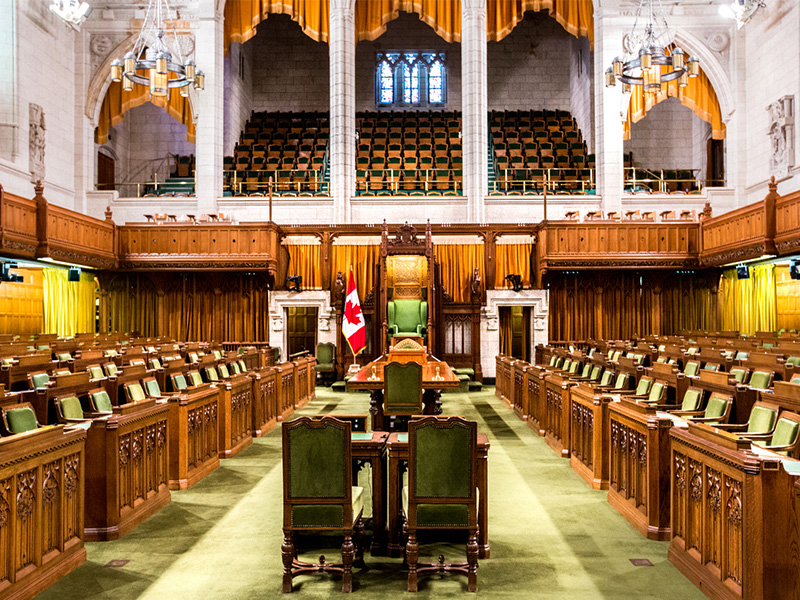
Draft legislation implementing the controversial increase to the capital gains inclusion rate has clarified how private corporations should handle accumulated tax-free amounts.
The clarifications concern how to manage the capital dividend account (CDA) in the 2024 tax year, which has two capital gains inclusion rates. The CDA is a notional account — not an actual pool of money — that keeps track of tax-free amounts accumulated by a private corporation.
Henry Korenblum, president of Korenblum Wealth Inc. in Toronto, welcomed the change.
The draft legislation released Monday corrects “a technical issue that could have led to excess capital dividend designations in certain cases,” he said. “It’s good they fixed that, because otherwise that could have had some unintended, surprising results to certain taxpayers.”
A corporation may distribute amounts from the CDA to shareholders at any time during its fiscal year in the form of tax-free capital dividends, and based on the CDA balance at the time.
The draft legislation states that capital gains realized before June 25, 2024 — the effective date of the increase to the capital gains inclusion rate — result in adding half of the gain to the corporation’s CDA. Capital gains realized after June 25 result in adding one-third of the gain to the CDA, based on the new two-thirds inclusion rate.
For example, a corporation that realized a $100 capital gain before June 25 can distribute $50 of tax-free capital dividends from its CDA even if it elects to do so after June 25.
The changes are an update to the transitional rules released by the federal government on June 10, which had determined the CDA balance based on a blended capital gains inclusion rate, rather than half before June 25 and two-thirds after June 25.
Keeping the June 10 rules would have created situations where a corporation had a lower CDA balance than expected when distributing a capital dividend in its 2024 fiscal year. A June 17 report from EY Canada gave an example.
A corporation with a Dec. 31, 2024, year end realizes a $100 capital gain and pays out a capital dividend of $50 between Jan. 1 and June 24. It also realizes a $100 capital gain between June 25 to Dec. 31.
Using the formula from the June 10 rules, the corporation’s blended inclusion rate is 58.33% for the year, not 50% as it is using the formula in draft legislation. Thus, at the time the corporation made the distribution, the CDA balance was only $41.67, not $50.
A corporation that distributes capital dividends above the amount available in its CDA faces a 60% tax on the excess, although this penalty can be avoided by electing to have the dividends treated as taxable dividends.
The June 10 rules were “very, very unfair,” said Ryan Minor, director of taxation with CPA Canada in Toronto. “You could [have] quite easily had an [excess CDA distribution], even if you did it before the budget date.”
The government acknowledged this problem in explanatory notes released Wednesday.
As a result of the two capital gains inclusion rates in 2024, “a corporation can only determine its inclusion rate in the transition year after the year ends,” the government stated. “This timing consideration may be incompatible with the computation of the CDA balance, which is determined at any time in the year to establish the amount of dividends that the corporation can elect to pay as tax-free capital dividends.”
The rules in the draft legislation aim to address this uncertainty, the notes said.
Tax-free amounts accumulated by a private corporation include the tax-free portion of capital gains realized by the corporation that exceed the non-deductible portion of its capital losses.
To make a distribution from the CDA, the corporation must file an election using Form T2054 Election for a Capital Dividend Under Subsection 83(2).
The draft legislation is out for comment until Sept. 3.
The Department of Finance released several other pieces of draft legislation Monday that covered proposals from the 2024 federal budget such as the Canadian Entrepreneurs’ Incentive, among other things.
Finance also released a consultation paper that included proposals such as preventing Canada’s biggest banks from merging with each other and establishing a more formal structure to oversee national security risks to the financial sector. Feedback on that consultation is due Sept. 11.